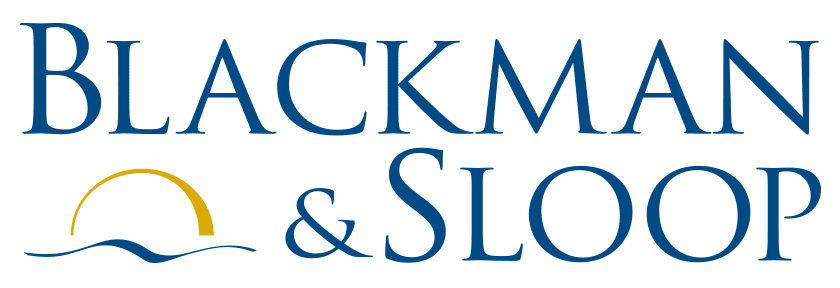Ever wonder what the true costs are to operate your 401(k) type plan? As a plan fiduciary you are required to know so that you allow only reasonable fees to be paid from plan assets. As a plan participant, you want to know so that you can make informed investment decisions when choosing your investment options in your account. The Department Of Labor (DOL) wants to know, too!
The DOL website states that a 1 percent increase in plan expenses paid from plan assets can, over 35 years result in a 28 percent decrease in the ultimate account balance!
For years, many plan sponsors have struggled to truly understand the total expenses paid from their plan’s assets. In addition to so-called direct expenses, where the plan clearly is paying for a product or service, most plans also incur what are commonly referred to as hidden or indirect fees (e.g., 12b-1 fees, sub-transfer agent fees, etc.). These fees are deducted directly from the investment earnings and generally have not been separately and clearly disclosed. When carefully reading service agreements and other documents related to plan investments, sponsors should be able to determine the extent of those fees. The challenge has been that the documentation tends to be voluminous and in very fine print making it difficult to fully comprehend. In addition, the various fees and expenses may not be disclosed in a single section but are likely spread throughout the often lengthy document.
In order to increase plan sponsor/fiduciary and participant awareness and understanding of all plan expenses and fees, the DOL has finalized related regulations. Although intended to be the last piece in this puzzle, the regulations regarding the Form 5500, Annual Return/Report of Employee Benefit Plan, added a revised Schedule C, Service Provider Information, to the filing requirements. Schedule C requires that anyone providing services to the plan disclose for reporting purposes not only the direct fees they receive from the plan but also any indirect fees received. For example, the plan may pay a quarterly fee to the plan’s corporate trustee – a direct fee – and then the trustee may pay some of that fee to an investment manager who handles the plan’s investments – an indirect fee. Both of these fees are generally required to be disclosed on Schedule C.
So how do plan sponsors/fiduciaries educate themselves about the fees and expenses being paid from their plans? That is where the DOL regulations under ERISA §408(b)(2) come into play. Originally scheduled to be effective in July 2011 and delayed until January 2012 and now further delayed to April 1, 2012, these rules require that anyone who provides services to the plan must provide, in writing, a document that clearly sets forth the services to be provided to the plan and fully discloses the costs associated with those services and any additional costs that may be incurred by the plan and in what circumstances. The costs may be disclosed using dollar amounts, percentages or through formulas. Although not required to be used, the DOL has provided a model disclosure of what the document should contain.
The service provider must also disclose whether or not they are acting as a fiduciary to the plan – a much higher commitment to the plan and its participants and beneficiaries. For any services provided after April 1, 2012, where a written agreement has not been provided, the service provider will be deemed to be a disqualified person and any transactions between the plan and a disqualified person would result in prohibited transactions.
The fees and expenses being paid from plan assets must also be disclosed to eligible employees, plan participants and their beneficiaries, as appropriate. This rule (ERISA §404(a)(5)), which has also been delayed, is now scheduled to go into effect as of May 31, 2012. In addition to the fee information that must be disclosed to all eligible employees, participants must receive information quarterly regarding the fees and expenses that were actually deducted from their accounts during the quarter. This information is required to be disclosed in dollar amounts.
It’s important to note that in September 2011, the DOL issued Technical Release 2011-03, which sets forth an interim policy allowing plan administrators to furnish information required under the final participant disclosure rule through electronic media, if certain conditions and safeguards are met.
Plan sponsors/fiduciaries should contact their service providers immediately to ensure the readiness of the appropriate disclosures in order to be in compliance with the fast approaching new requirements.
*This article originally appeared in BDO USA, LLP’s “EBP Commentator (Fall 2011)“. Copyright © 2011 BDO USA, LLP. All rights reserved. http://www.bdo.com




